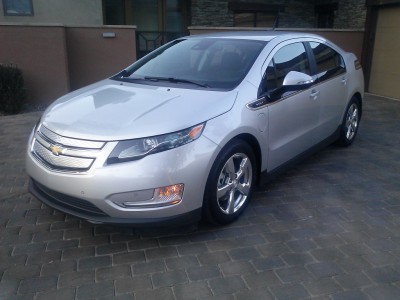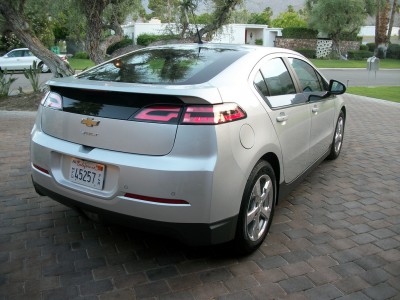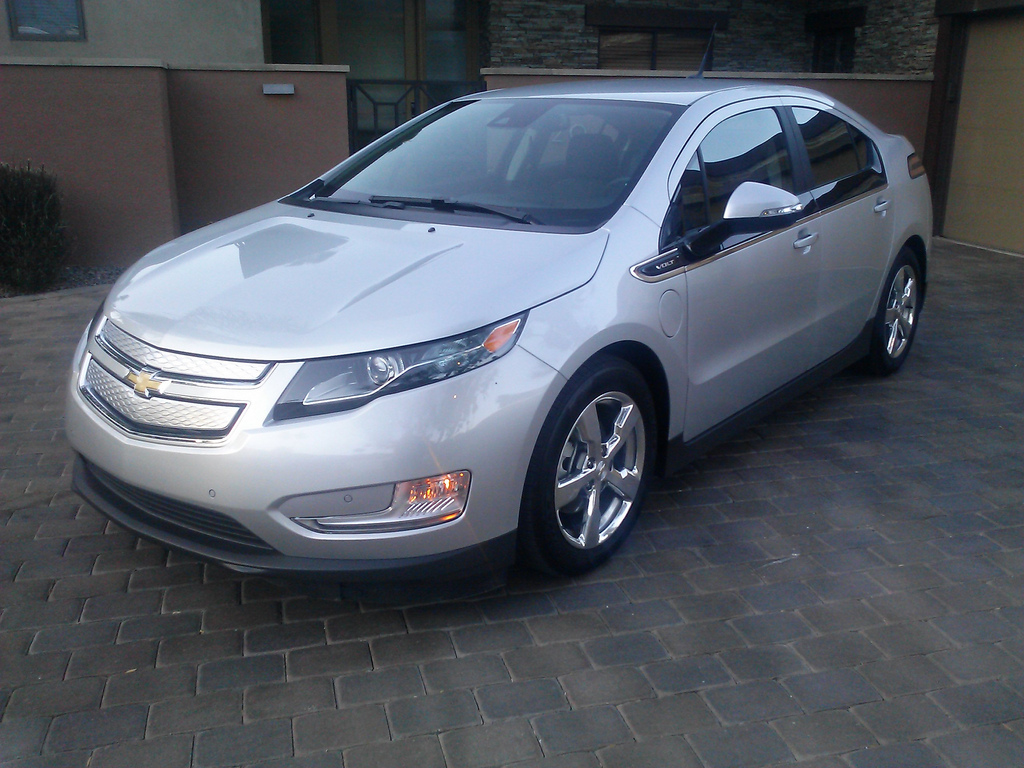 The year is winding down and suddenly there’s a flurry of last-minute cars filling my driveway. One that’s always a welcome guest is the Chevy Volt — one of my favorite cars and, in my opinion, nothing less than the reinvention of the automobile. Although I covered it pretty thoroughly last year, there’ve been a couple improvements, so I was eager to take it for another spin.
The year is winding down and suddenly there’s a flurry of last-minute cars filling my driveway. One that’s always a welcome guest is the Chevy Volt — one of my favorite cars and, in my opinion, nothing less than the reinvention of the automobile. Although I covered it pretty thoroughly last year, there’ve been a couple improvements, so I was eager to take it for another spin.
Last year, I challenged myself to use the Volt for a week as an everyday car without using any gasoline. It wanted to see what everyday driving would be like, and while I did put some thought into my daily travel, organizing trips to eliminate duplicity, I didn’t do anything that wasn’t good common sense.
This year the Volt is different, and so was my plan. For 2013, The Volt is equipped with a new driving mode called EV Hold. (The European-market Opel Ampera had it last year, and now we get it as well.) EV Hold activates the Volt’s gasoline engine and holds the battery in its current state of charge.
When its it useful? Highway trips. The Volt is most efficient as an electric car at speeds below 50 mph, which would get you run over on a freeway. EV Hold allows you to drive between cities as a gas car (I averaged just over 40 mpg in my test) and switch back to electric upon arrival, thus using the Volt most efficiently.
 I set the Volt into EV Hold mode and pointed the nose for Los Angeles. It worked like a charm. The Volt was smooth and quiet in EV Hold mode with its 1.4-liter generator whirring away, I averaged 39.5 mpg heading into LA and 40.5 coming back. Once I got off the highway, I switched back into electric mode and drove around Burbank with a full 38 miles of range, then switched back to gas and drove home.
I set the Volt into EV Hold mode and pointed the nose for Los Angeles. It worked like a charm. The Volt was smooth and quiet in EV Hold mode with its 1.4-liter generator whirring away, I averaged 39.5 mpg heading into LA and 40.5 coming back. Once I got off the highway, I switched back into electric mode and drove around Burbank with a full 38 miles of range, then switched back to gas and drove home.
So, the most advanced car ever produced by GM works even better now thanks to a simple enhancement. Kudos to the folks at Chevrolet.
